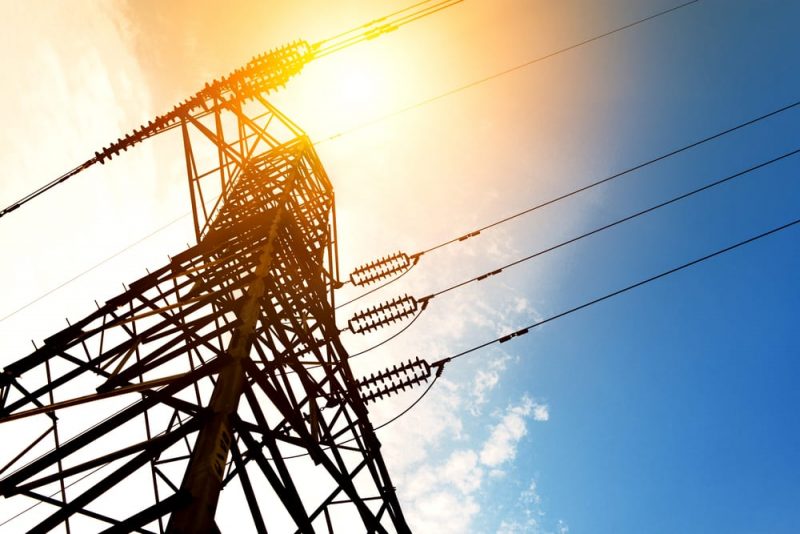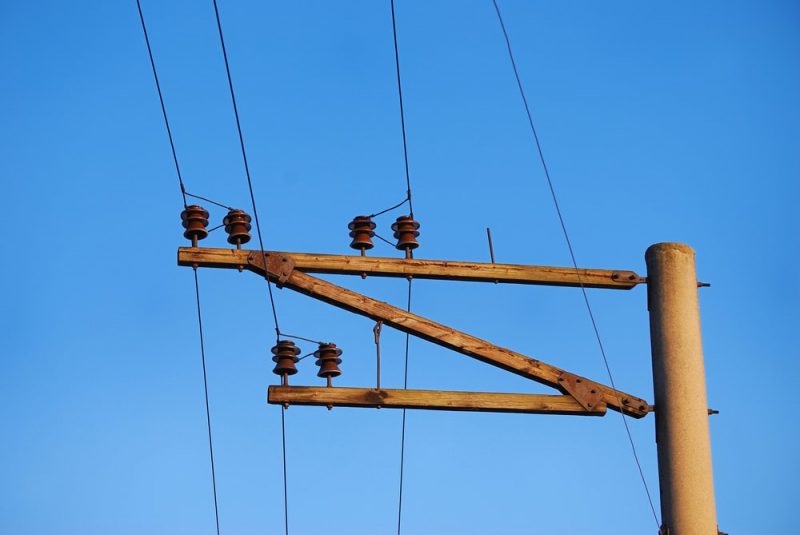
The Insulating materials are those that are characterized by being resistant to the passage of electric current. Electrons cannot circulate freely through material because they are tightly bound to atoms and therefore cannot conduct electricity. For example: wood, glass, rubber, plastic.
In electrical conductors, by contrast, the outermost atoms are more loosely bound to the atom, allowing them to move more freely and thus conduct electricity. Examples of conductive materials are silver or copper.
Just as many materials work as good conductors, there are others that do not, and are functional for other daily and industrial actions.
There are some materials that are insulating in certain conditions and conductive in others. This happens, for example, with air, which is insulating at room temperature but under other conditions can become a conductive material. Water, usually taken as a conductor, sometimes becomes an insulator.
It is common for insulating materials to be used to avoid the contact of two conductive parts with each other, or to protect people against electrical voltages: here the protectors for children that are generally placed in the sockets stand out, to avoid the risk of finger exposure to current.
Examples of Insulating Materials

- Wood. Conductive for having salts and humidity. Used frequently on different structures and posts.
- Silicate. Insulating material, mainly present in insulators. It can come as aluminum silicate (on hard porcelain) or magnesium silicate (on steatite or forsterite). In the first case it is a good support for heating conductors.
- Expanded clay. It is obtained from natural clay and is used as an aggregate in mortars and concretes, improving the insulating capacity in different sectors of construction.
- Oxide ceramics. Functional for spark plug insulation, or to be used at high temperatures.
- Glass. Short and medium tension insulation that does not absorb moisture but is prone to bumps and breaks.
- Cork. Material of low weight and density, which allows to place several layers improving the effectiveness of the cork. It is also a very waterproof insulator.
- Rubber. The flexibility of the rubber gives it a very great functionality, as it tends to withstand a large amount of deformation without breaking, and it reaches its original shape again. Foam rubber is also an insulating material, which in turn works as a sound insulator.
- Ceramics. It is a good insulator with low moisture absorption and high impact resistance. It is frequently used in the electrical engineering industry.
- Aluminum oxide. It is used for fireproof insulating parts and for spark plug insulation.
- Plastic. It’s one of the better insulators, since the tightness of the union of its particles makes it almost impossible for electrons to be released.
More information?
- Insulators
- Differences between Insulators and Conductors
- Superconducting Materials
